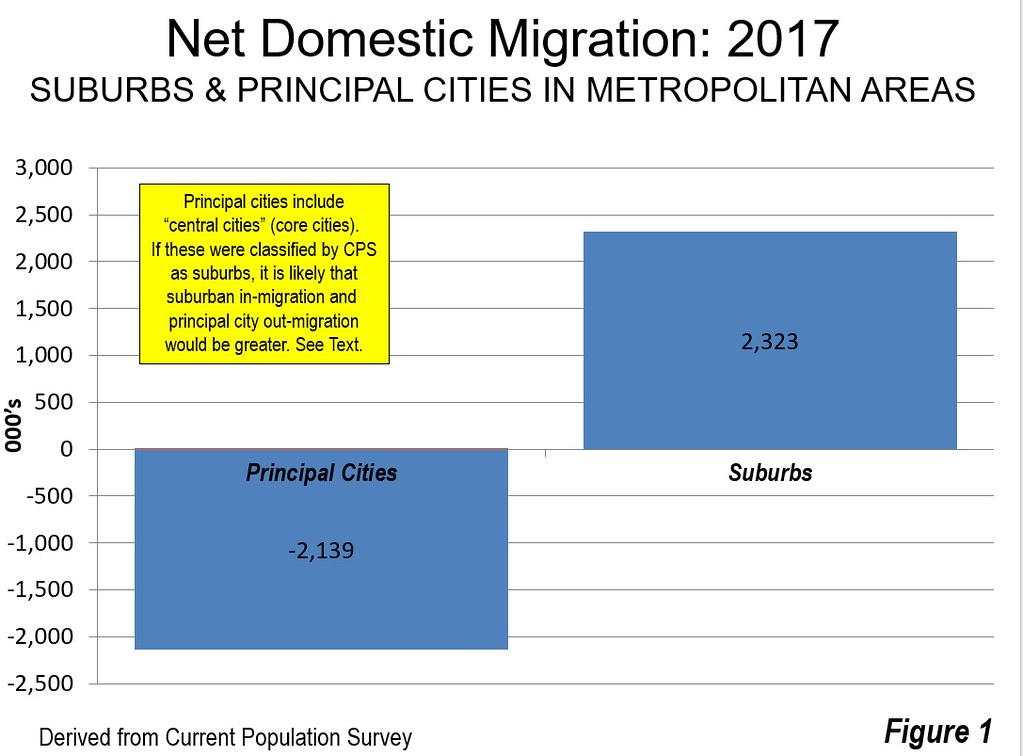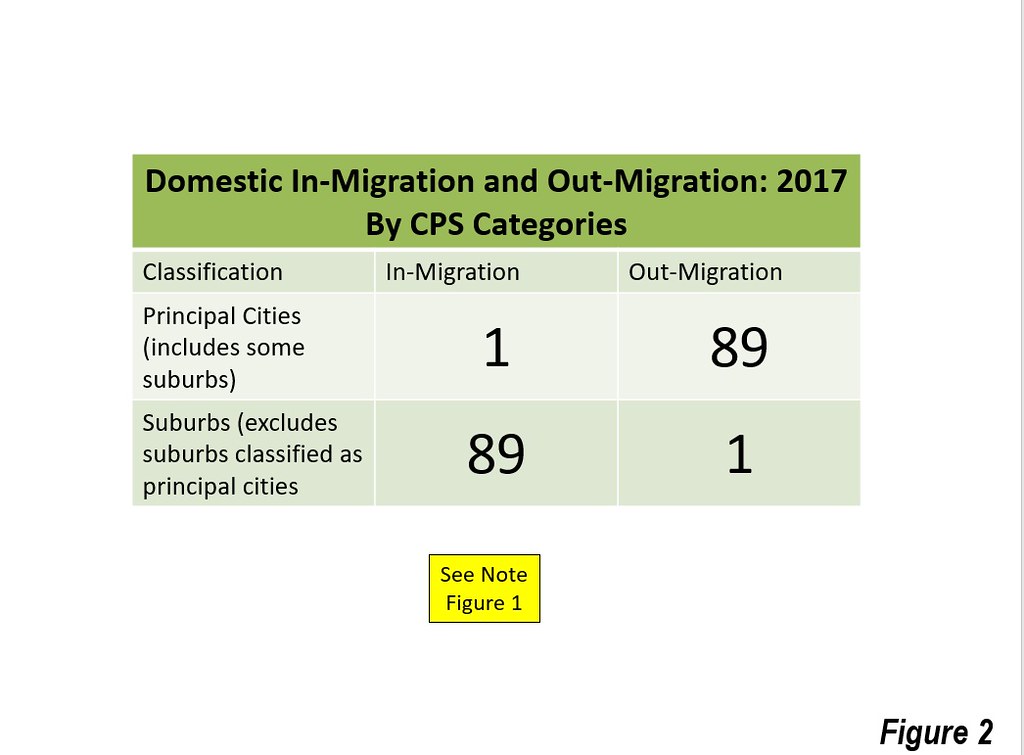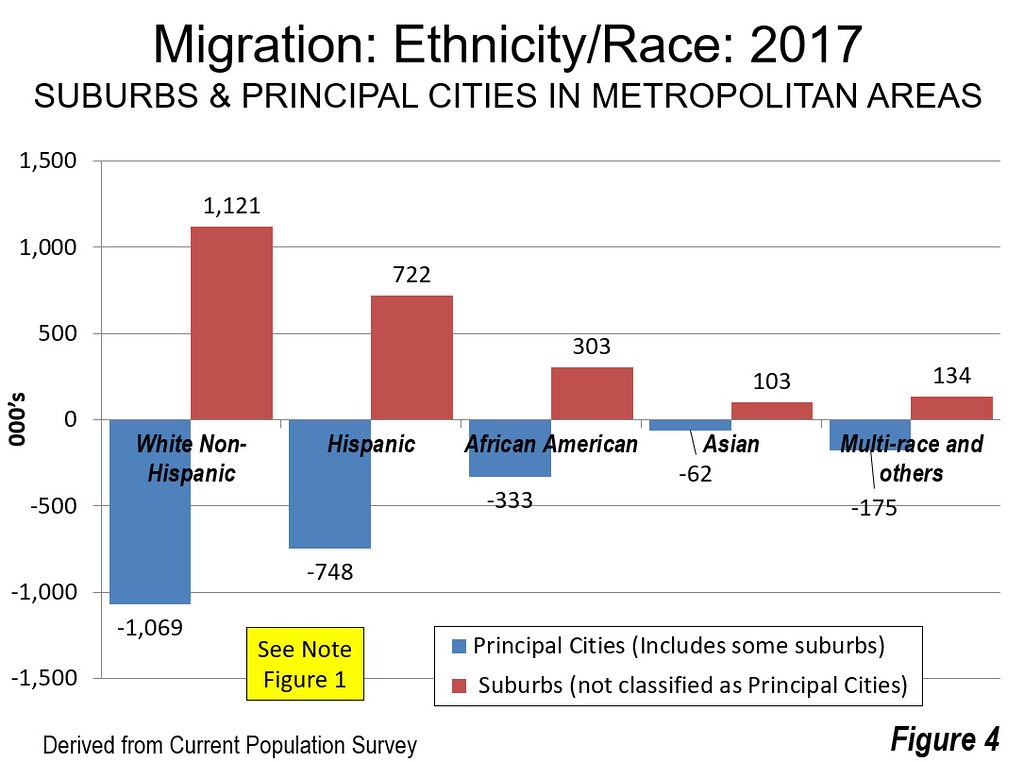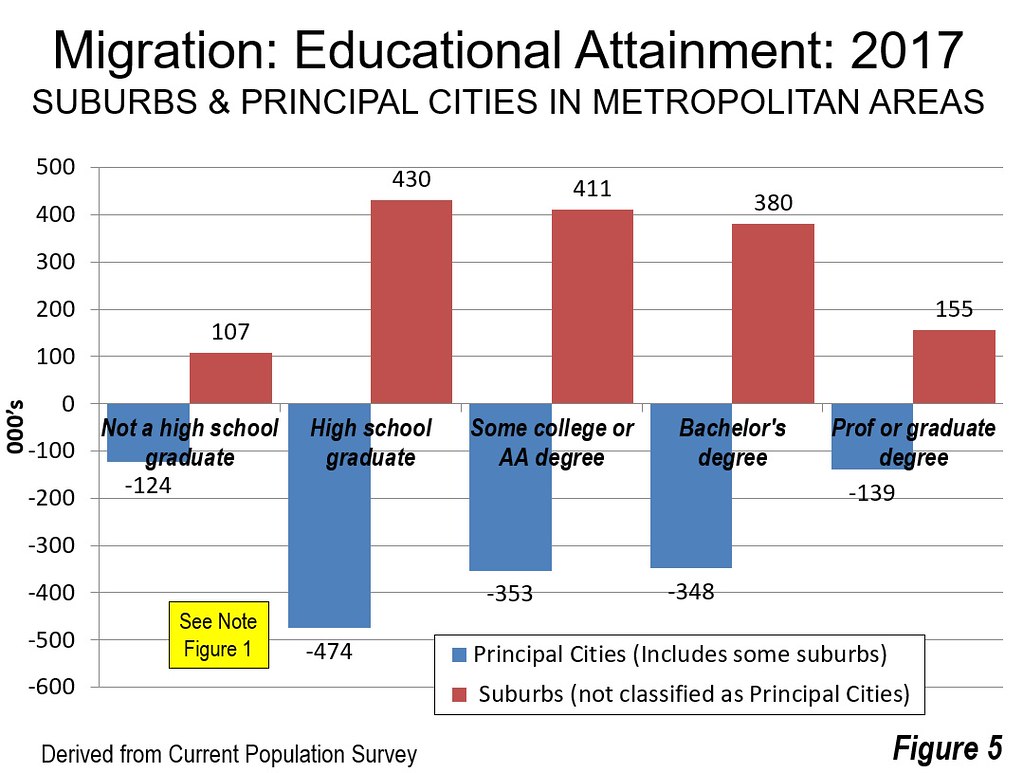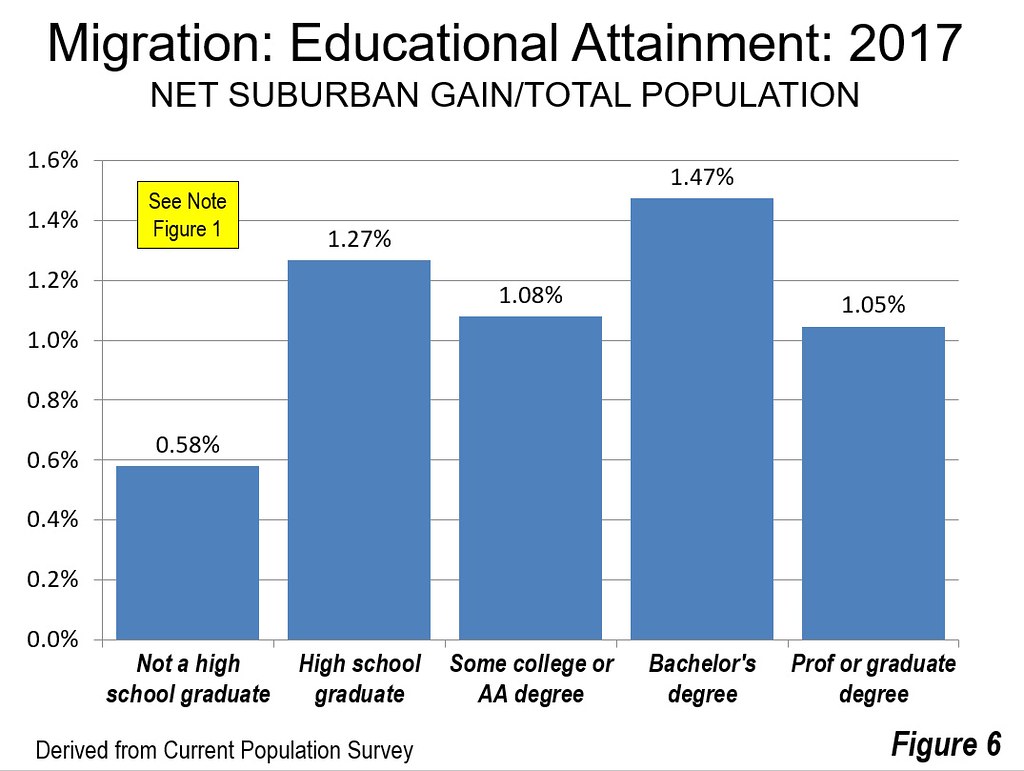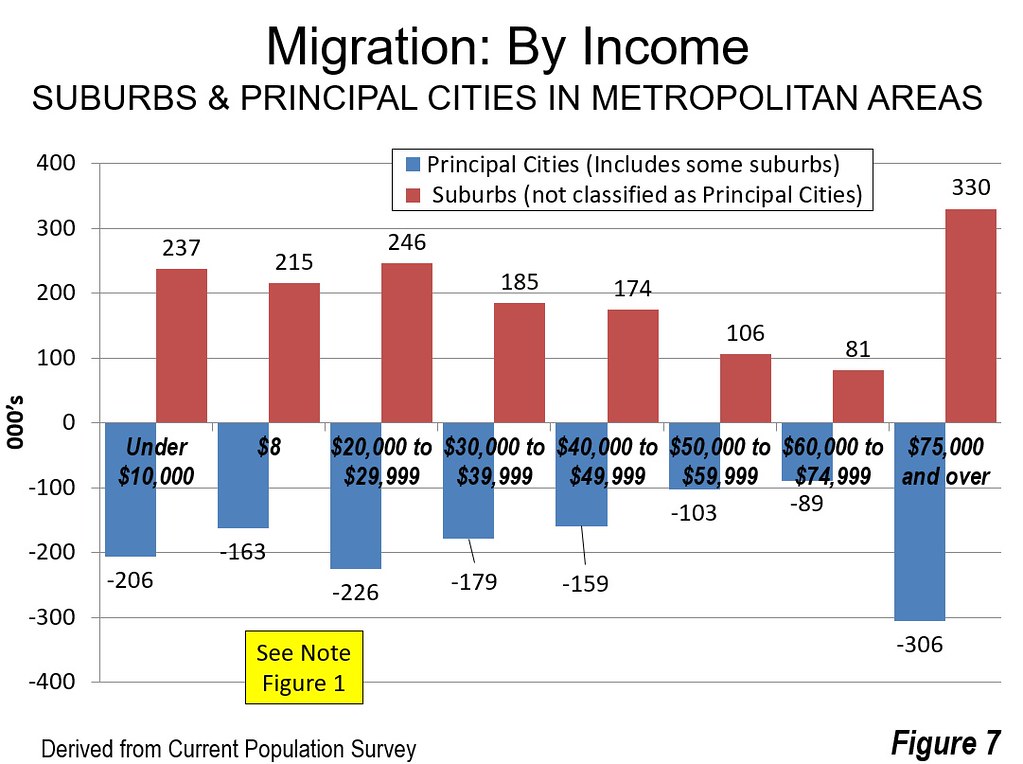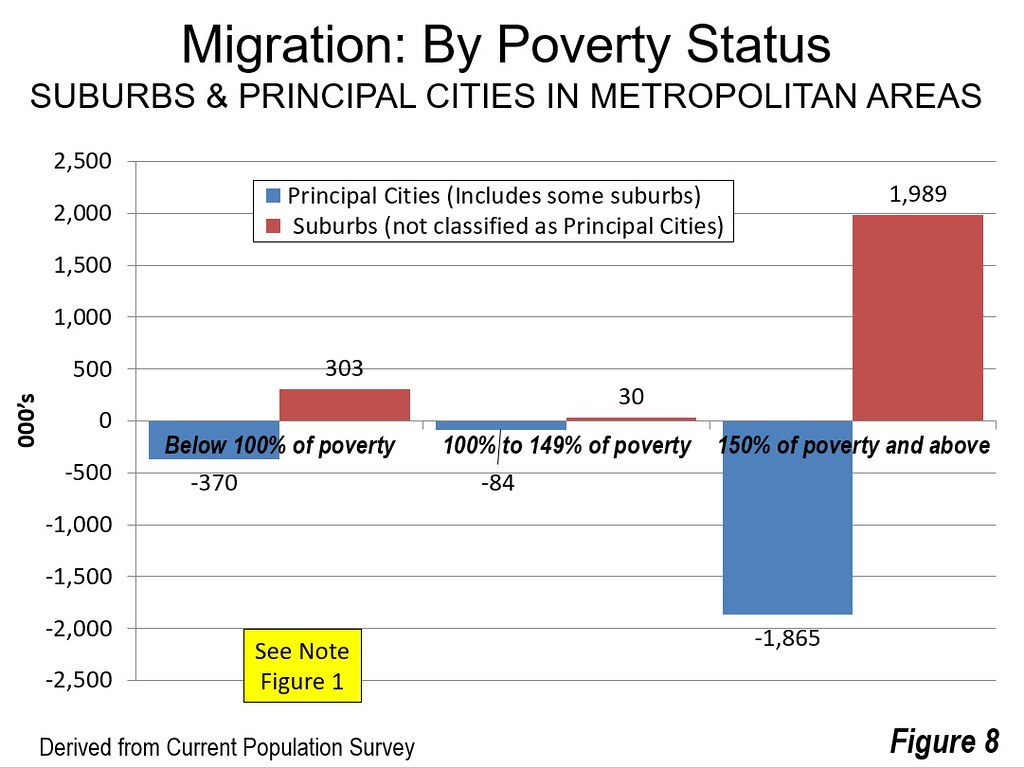You Might Have a 'Uniquely Compelling' Reason to Find Out Whether Your Government Has Placed You on a Kill List
Bilal Abdul Kareem has been nearly droned in Syria five times already. A federal judge agrees his lawsuit over the matter can proceed.
It's just possible, Judge Rosemary Collyer of the U.S. District Court for the District of Columbia Circuit concluded in a decision last week, that being a journalist in Syria placed on a kill list by your own government might constitute a violation of your First, Fourth, and Fifth Amendment rights.
 Fibonacci Blue on Foter.com / CC BY
Fibonacci Blue on Foter.com / CC BY
The lawsuit started with Ahmad Muaffaq Zaidan and Bilal Abdul Kareem, two journalists from the Middle East, who often report on terrorism-related stories. Zaidan, who has worked for Al Jazeera for over 20 years, thinks the United States has labeled him as a terrorist, apparently because his work has him interacting with so many of them (Zaidan has interviewed Osama Bin Laden, among others).
Kareem, an American citizen and freelance reporter, has been at the site of five aerial bombings while working in Syria in one three-month period.
Both believe they might be on a secret U.S. government "kill list" and sued various government officials from President Trump on down last year to find out if they are.
Judge Collyer, allowing the lawsuit to proceed at least in part, wrote that their complaint asserted being on such a kill list would be "arbitrary, capricious and an abuse of discretion" and "violates the prohibition on conspiring to or assassinating any person abroad" and "violated due process because Plaintiffs were provided no notice and given no opportunity to challenge their inclusion."
Further, placing them on the kill list "violated the First Amendment because it 'has the effect of restricting and inhibiting their exercise of free speech and their ability to function as journalists entitled to freedom of the press.'"
Kareem, the citizen, asserts on his behalf that being on the kill list "violated the Fourth and Fifth Amendments because it constituted an illegal seizure and 'seeks to deprive [him] of life without due process of law.'"
The government claimed Zaidan and Kareem have no standing to sue and that this whole kill list thing is a "political question" outside the jurisdiction of the federal courts.
Judge Collyer disagreed, at least as applied to U.S. citizen Kareem. Collyer did agree that when it comes to foreigner Zaidan, who is unable to prove he was indeed on any kill list, "the Court finds no allegations in the Complaint that raise that possibility above mere speculation. Accordingly, the Court finds Mr. Zaidan has failed to allege a plausible injury-in-fact and therefore has no standing to sue."
But the legal situation for Kareem is different, the judge insisted. She noted that "two of the attacks [at or near Kareem] involved his place of work, one involved his own vehicle, one involved a work vehicle in which he had been traveling immediately before, and one hit a location from which he had just walked away."
The government insisted, well, Syria's a real violent place these days and lucky for him he hasn't been killed being surrounded by so much war. Kareem's problems, the government claimed, are not "attributable to anything more than a journalist reporting from a dangerous and active battlefield."
"While it is plausible that Mr. Kareem is not being targeted by the United States," Collyer wrote, "it is also plausible that Mr. Kareem's multiple near-miss incidents were caused by Defendants' decision to include him on the Kill List and were, therefore, caused by Defendants' actions."
Collyer was unimpressed by the government's argument that this is all military business and thus not subject to judicial second-guessing. The war aspect is irrelevant, the judge maintained, since the injury Kareem alleges is the fact that he was placed on a kill list back in D.C. "Mr. Kareem complains of an alleged decision to authorize a lethal strike against him and not a decision in the field to attempt to carry out that authorization. He wants the opportunity to persuade his government that he is not a terrorist or a threat so that the alleged authorization to kill is rescinded."
Collyer used that distinction to differentiate her decision from some precedents regarding drone attacks that were seen as more specifically about a judge's second-guessing of military decisions in the field. That's not what Kareem is trying to do here, Collyer concluded. "It remains a truism that judges are not good judges of military decisions during war. The immediate Complaint asks for no such non-judicial feat; rather, it alleges that placement on the Kill List occurs only after nomination by a defense agency principal and agreement by other such principals, with prior notice to the President. The persons alleged to have exercised this authority are alleged to have followed a known procedure that occurred in Washington or its environs."
Collyer did agree with the government that certain counts in the original suit should be dismissed, including, "whether Defendants complied with the Presidential Policy Guidance [for putting people on a kill list]," which "is a political question the Court must refrain from addressing" since the guidance itself is so vague that it "provides no test or standard that must be satisfied before the government may add an individual."
In other words, the kill list policy is so inherently arbitrary there is no way to procedurally abuse it.
Similarly, "the process of determining whether Defendants exceeded their authority or violated any of the statutes referenced in the Complaint would require the Court to make a finding on the propriety of the alleged action." But that, Collyer wrote, "is prohibited by the political question doctrine."
In other words, the court can't consider whether a government act was a good idea, merely whether it violated a specific law or constitutional provision.
Luckily for Kareem, and for the larger issue of justice in executive power, the judge reasoned that the whole kill list process might have "denied Mr. Kareem his rights to due process and the opportunity to be heard and deprived him of his First, Fourth, and Fifth Amendment rights."
As Collyer concluded in letting those aspects of Kareem's case move forward:
Mr. Kareem alleges that the Defendants targeted him for lethal force by putting his name on the Kill List, which he deduces from five near misses by drones or other military strikes. As a U.S. citizen, he seeks to clarify his status and profession to Defendants and, thereby, assert his right to due process and a prior opportunity to be heard. His interest in avoiding the erroneous deprivation of his life is uniquely compelling.Mr. Kareem does not seek a ruling that a strike by the U.S. military was mistaken or improper. He seeks his birthright instead: a timely assertion of his due process rights under the Constitution to be heard before he might be included on the Kill List and his First Amendment rights to free speech before he might be targeted for lethal action due to his profession. The D.C. Circuit and the Supreme Court have previously held that a citizen "must have a meaningful opportunity to challenge the factual basis for his designation as an enemy combatant."
This does not mean Kareem has won his case, merely that the government has failed to have it thrown out of court. Collyer acknowledged that it is not yet settled fact whether Kareem even is on a kill list, but while "the Court finds that Mr. Kareem's allegations may be wrong as a matter of fact... Complaint presents them in a plausible manner."
Opposing drone strikes on U.S. citizens was the central point behind Sen. Rand Paul's (R-Ky.) reputation-making 2013 filibuster, and for good reason: There is nothing more tyrannical than the power to specifically target someone for murder absent any judicial proceedings, which, alas, is standard operating procedure for the U.S. government thanks to our endless and impossible Forever War on Terror.


